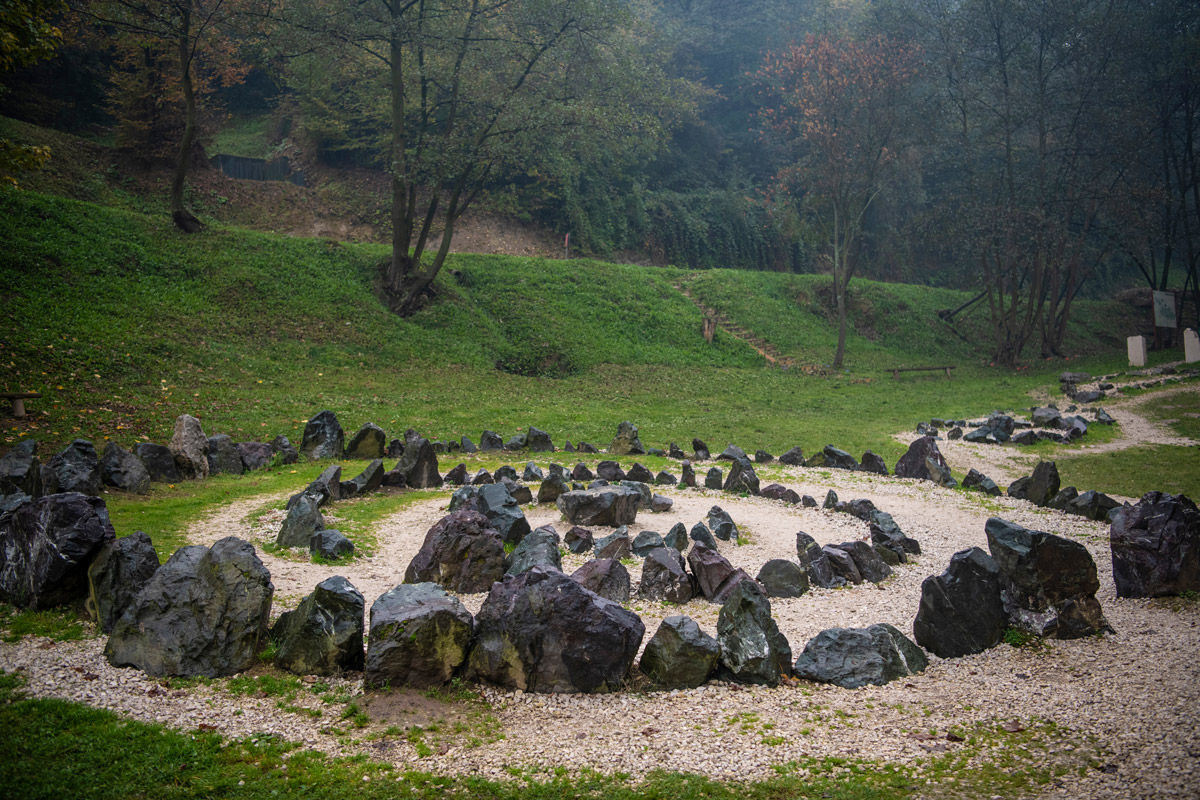Labyrinths are found throughout the world. They are used for religious, meditative, and spiritual purposes. The history of Labyrinths dates back to over 4000 years ago, and they continue to be used today.
There are many benefits to walking a Labyrinth. Labyrinths can help to reduce stress, anxiety, and depression. Walking through a Labyrinth is a great way to reduce stress, promote physical health, and connect with the global community.
Labyrinths can be found in many different locations, including parks, churches, and universities.
How are Legacy Labyrinths Made?
Legacy Labyrinths are a network of labyrinths connected both physically and energetically by intention through the Legacy Labyrinth Project. Each Legacy labyrinth is dedicated to the community in which it is located and has its own specific focus. They share a healing intention for all who walk, regardless of where they may be located. Each Legacy Labyrinth has a circular design with a single walking path winding into a central space and out again. Some are made out of rocks and grass, others paving stones or concrete. One is a canvas labyrinth that travels to different places.
All Legacy labyrinths are physically and energetically connected, forming an energetic network that promotes global healing, peace, and understanding. The network currently includes seven labyrinths in four countries with many more in the planning stages.
How Do I Visit a Legacy Labyrinth?
In Canada, Mary’s Labyrinth is the closest option. It is located on Treaty 4 Territory and was built in June 2017. The stone and grass labyrinth is solid and deeply dedicated to healing and honoring the fallen.
If you are interested in walking a Legacy Labyrinth, there are many resources available to help you find one near you. Contact us today if you want to learn more about Mary’s Labyrinth.
Leave noise and traffic behind and experience The Crossing, your gateway to the wide-open, awe-inspiring expanse of Canada’s only nationally protected grasslands
